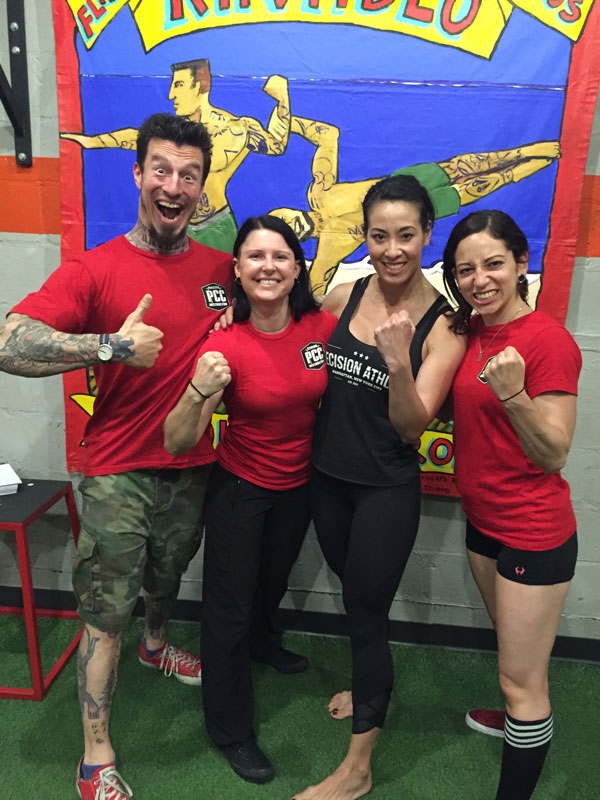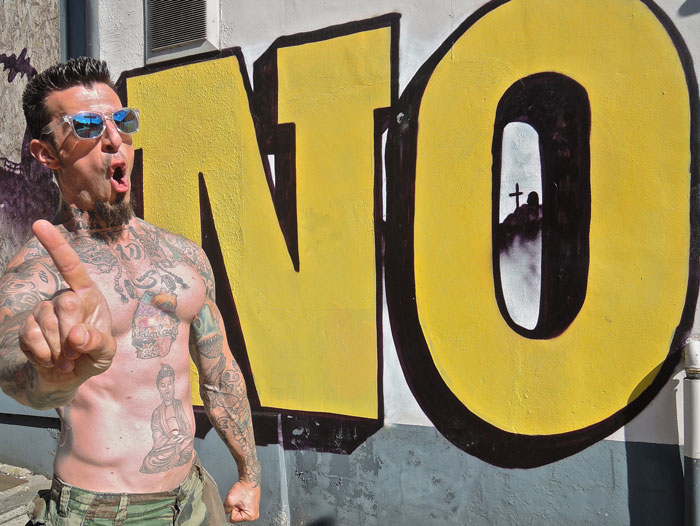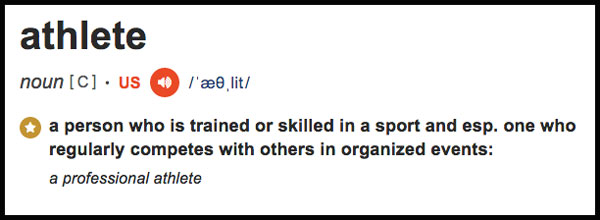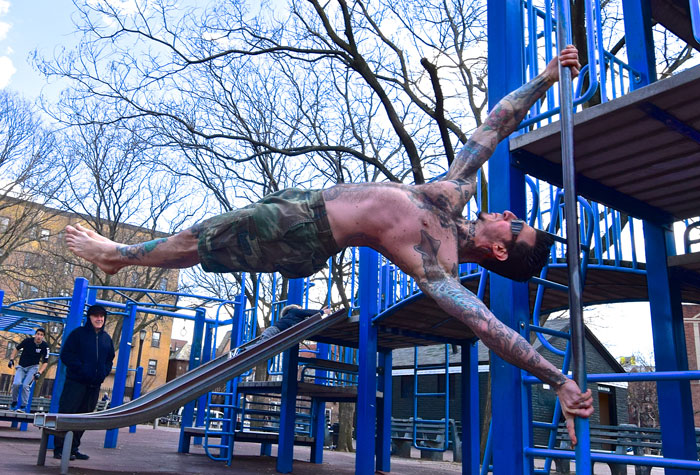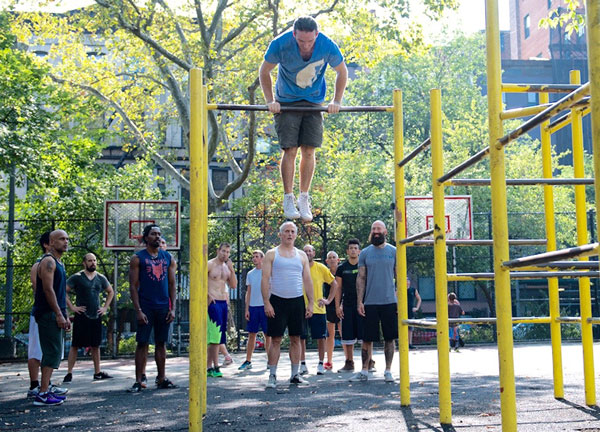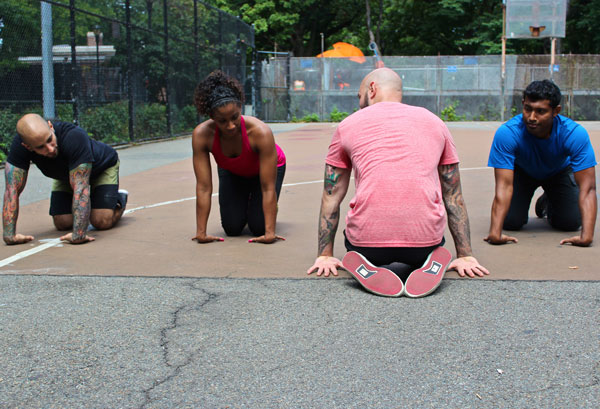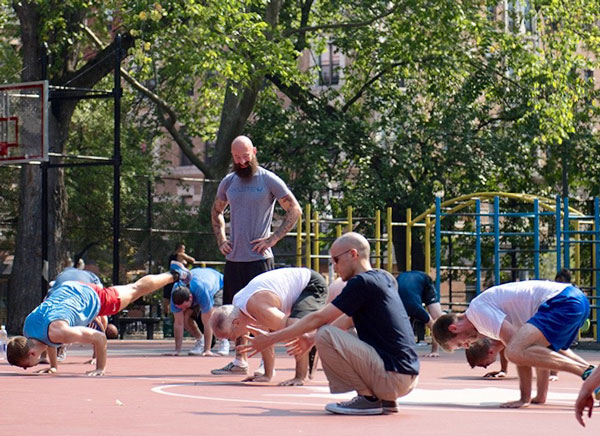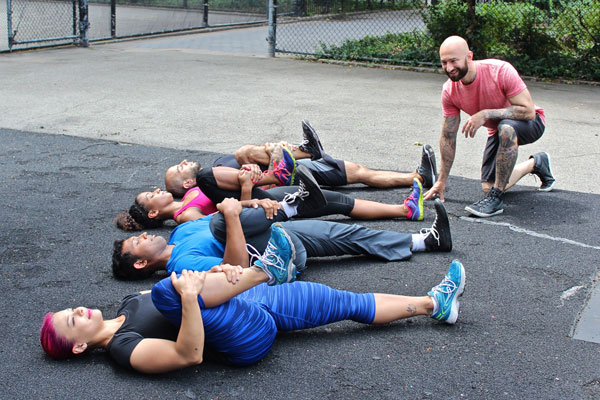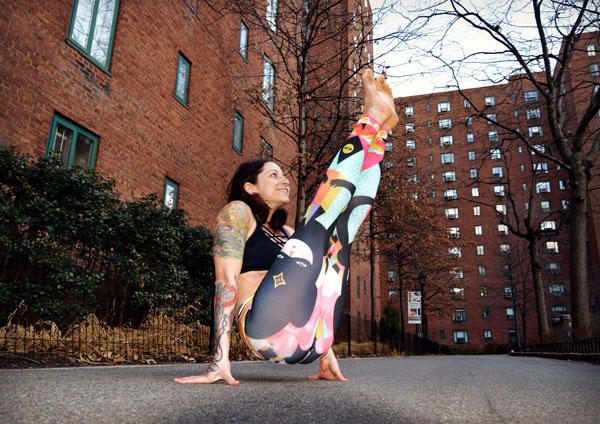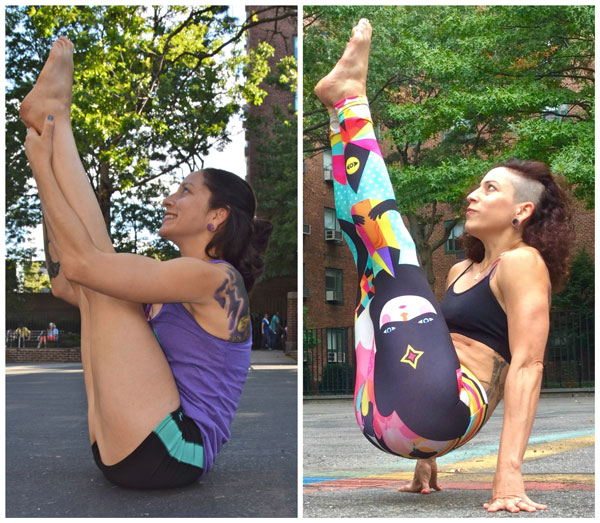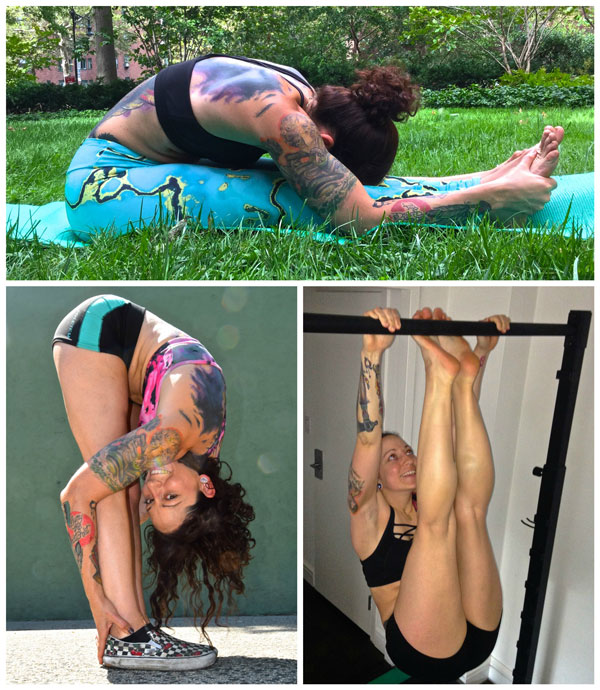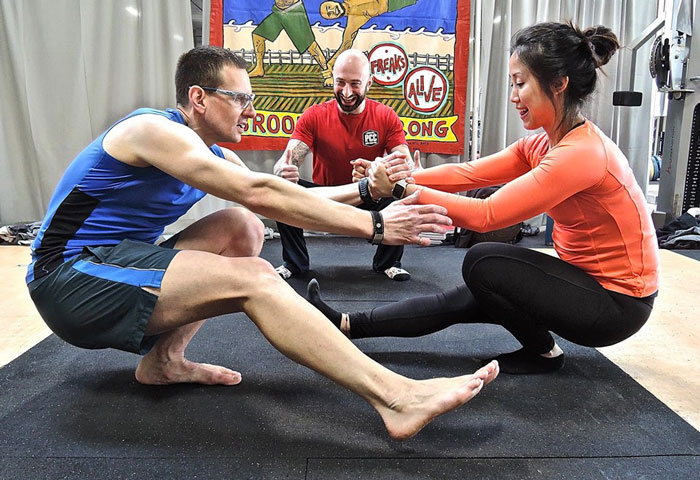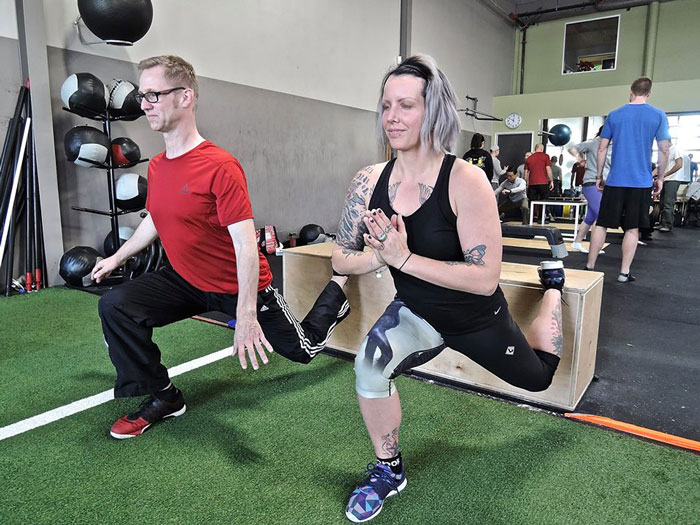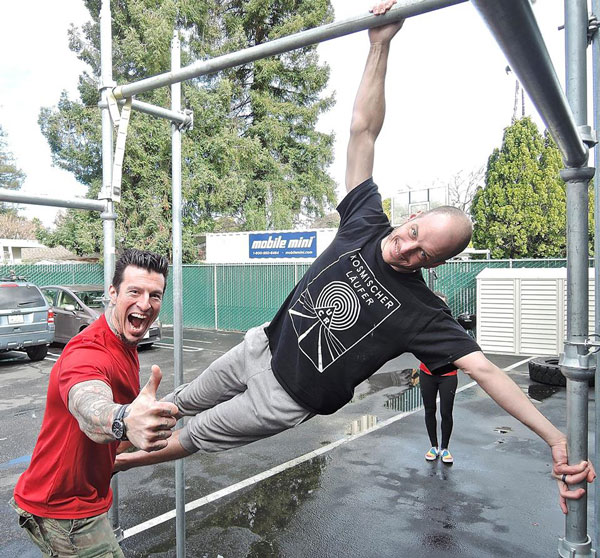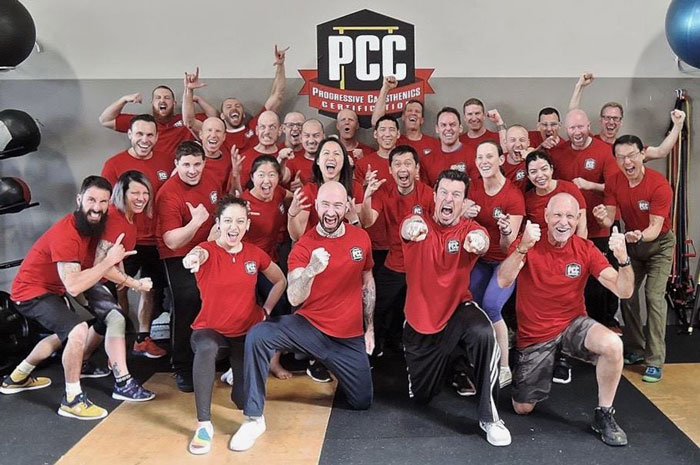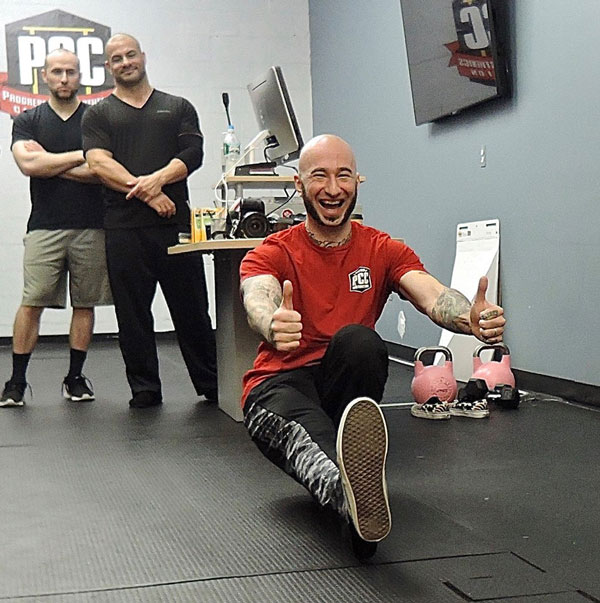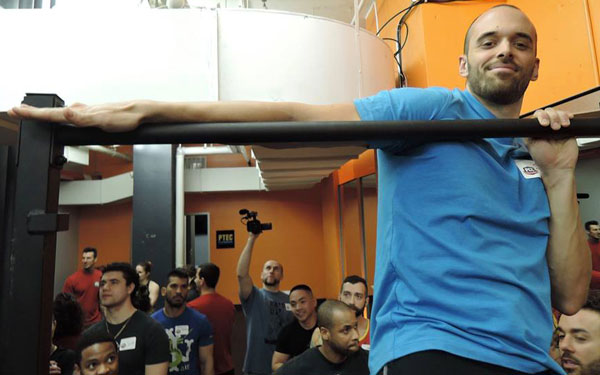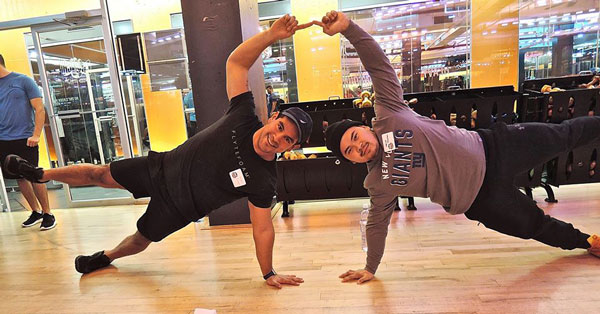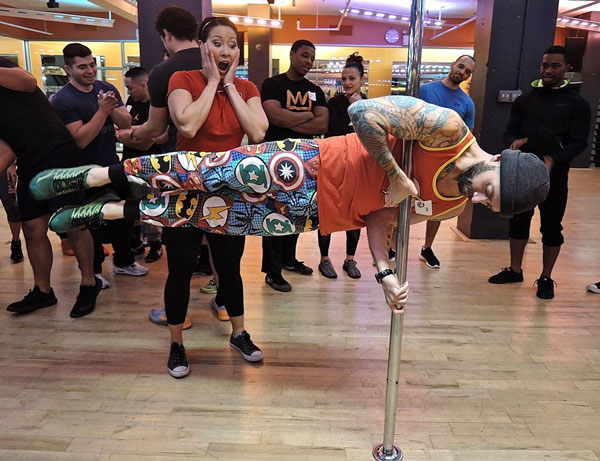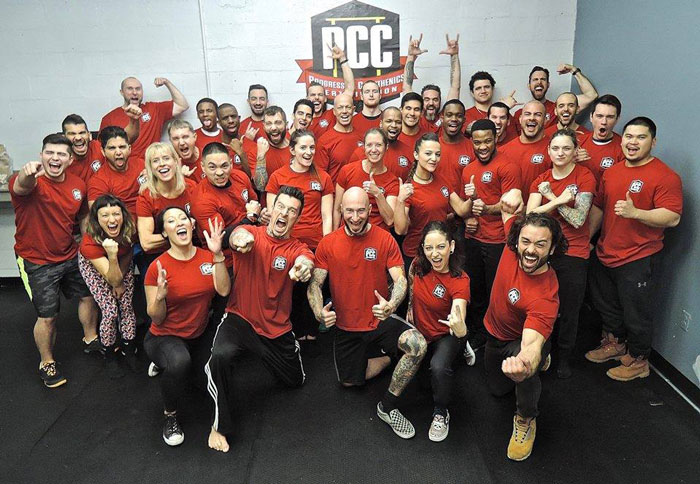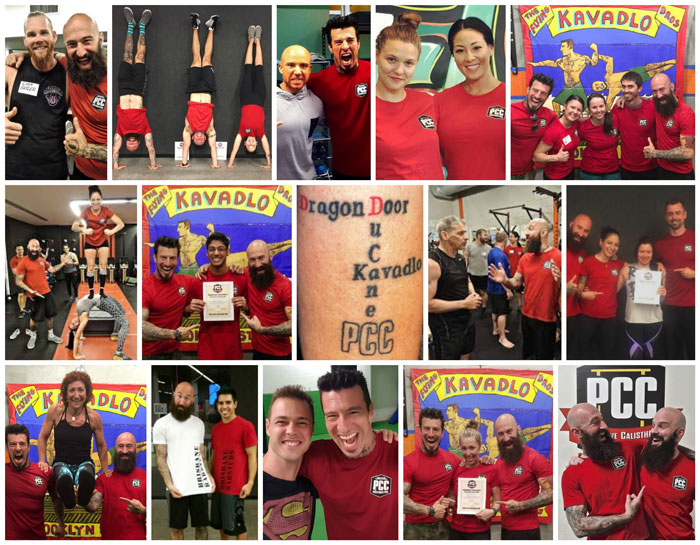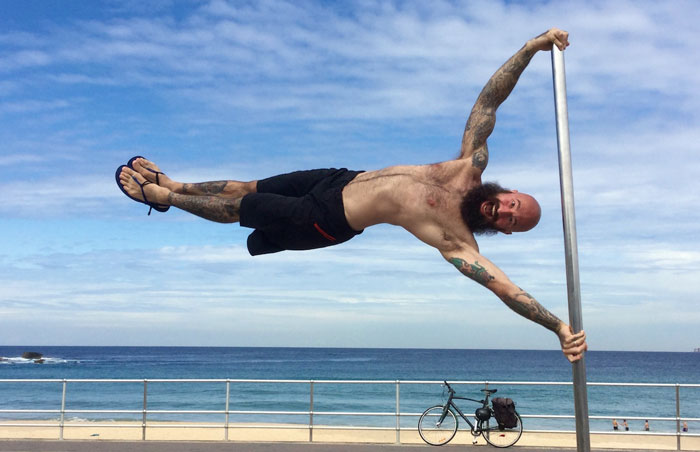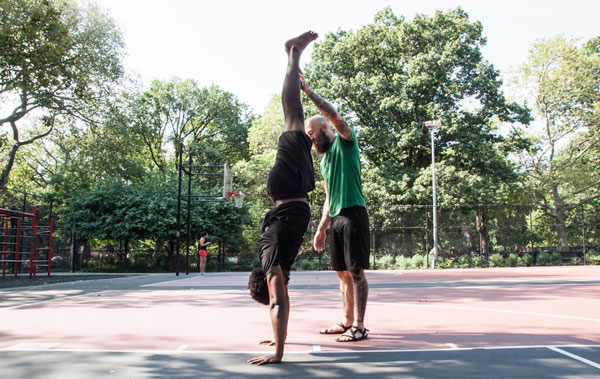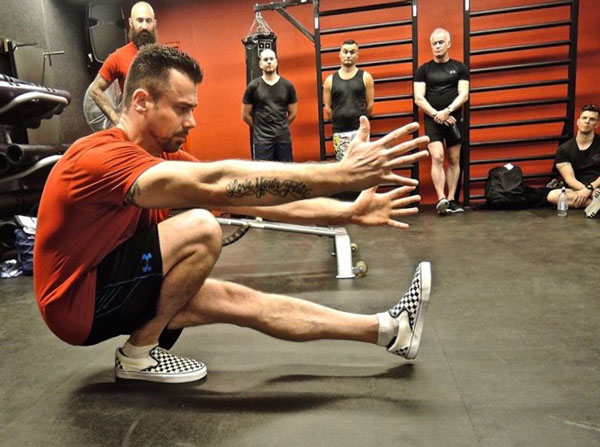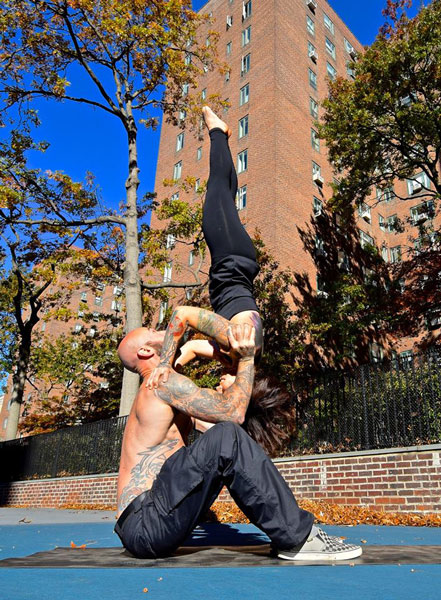
In 1858, Dr. Oliver Wendell Holmes, Sr. famously referred to the city of Boston as “the hub of the solar system.” This past weekend, Boston could have been called “the hub of the calisthenics system,” as this historic American city hosted the first Progressive Calisthenics Certification ever held in the New England area.
I was lucky to be there and play witness to this amazing weekend. Here’s how it went down:
Day One
I treasure the first day of the Progressive Calisthenics Certification. Participants from different backgrounds, varied walks of life and numerous locations gather, wildly excited by the prospects, yet still unsure exactly what to expect. But if there is one thing that I’ve learned from my journey as a trainer, a calisthenics practitioner, a PCC instructor and a human being, it’s that bodyweight culture brings people together. In classic PCC fashion, we entered the room as strangers but left as family. From one-arm push-ups to full press flags (even a first-time one-arm pull-up!), many PRs were recorded—and multiple bonds were made. The calisthenics wrecking crew muscled up to the challenge and then some. The excitement in the room was contagious and the energy was priceless.
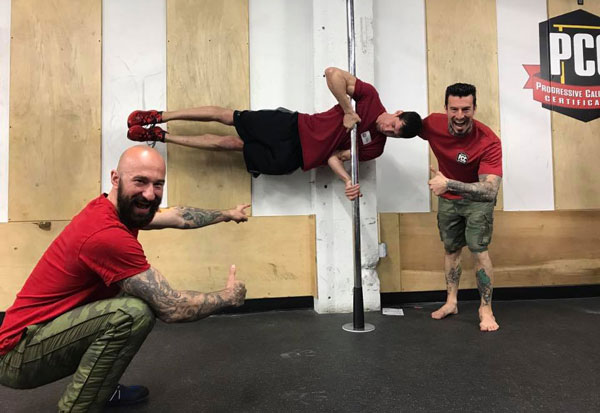
Day Two
PCC was pure beast mode the second day! The morning began with leg progressions, ranging from squats and lunges, to pistols and beyond, followed by back bridges in all their forms. It was fantastic to see people coming out of their comfort zones and stepping up to the challenge. Attendees helped each other bring out their best, training hard and stretching their boundaries.
Following floor holds such as the L-sit and dragon flag, the afternoon found us back up on bar for front and back lever progressions. The feats of strength, balance and flexibility were rivaled only by the solidarity and encouragement.
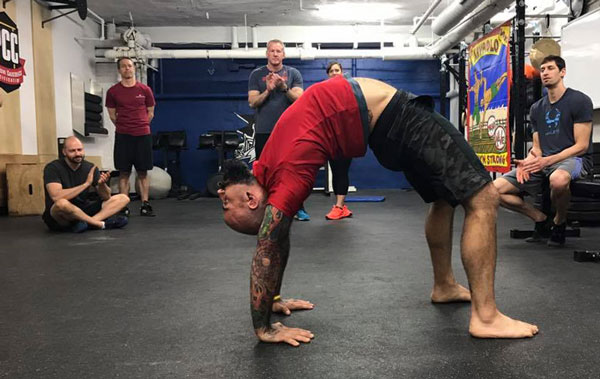
Day Three
The final day of the Progressive Calisthenics Certification is always bittersweet. As the attendees are celebrating their physical prowess and accomplishments, they are also preparing for the whirlwind weekend to come to an end. But the truth is, it’s just the beginning.
Now that we’ve all met and trained with each other, it’s on us to keep it going in the future. In addition to the new moves and skills we’ve acquired, we’ve also adopted a new family in our calisthenics brothers and sisters.
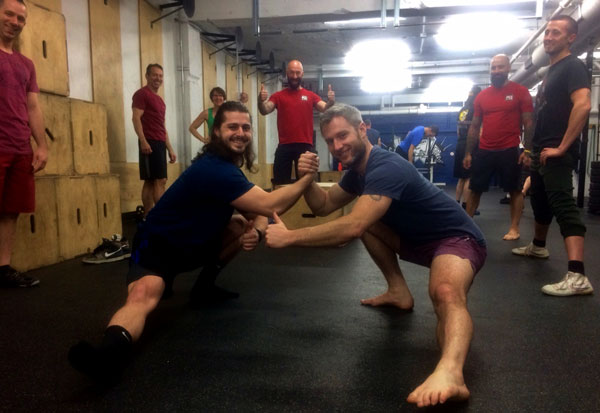
I’d like to personally congratulate this new group of certified PCC instructors! As our community continues to grow, we also grow as individuals. With upcoming workshops in London, Poland, New York, LA and Australia, there are more opportunities than ever to get certified. Remember, the first rule of PCC is you do talk about PCC, so keep on spreading the word!
The posse’s getting bigger,
-DK

****
Master PCC Danny Kavadlo is one of the world’s leading authorities on calisthenics and personal training. Danny has authored several internationally-acclaimed, bestselling books including STRENGTH RULES and DIAMOND-CUT ABS, has been translated into over a dozen languages, and appeared in The New York Times and Men’s Health, Bodybuilding.com and TRAIN magazine. When not traveling the world as a Master Instructor for Dragon Door’s acclaimed Progressive Calisthenics Certification, he trains individuals one-on-one in his native New York City.


